IS022 - Coupling Stochastic Microstructure Modeling, Machine Learning and Multiphysical Numerical Methods for Virtual Materials Testing
Keywords:
Spatial stochastic modeling, High-resolution microscopy, Machine learning, Multi-physics modeling, Virtual materials testing
The design of new advanced materials, like alloys, composites and energy materials, requires a quantitative understanding of the relationships between intrinsic properties of materials (e.g., intrinsic diffusivity), their 3D morphology and macroscopic (effective) properties, e.g., thermal stability, conductivity. Conventional experimental methods for the investigation of these relationships are often costly and time intensive, involving complex material synthesis procedures, measurements for quantifying composition as well as the morphology, followed by experimental materials testing. However, advances in measurement techniques, particularly in high-resolution microscopy, enable data-driven modeling approaches that complement and, in some cases, replace traditional experimental materials development. This session focusses on recent developments in Virtual Materials Testing (VMT) at meso- and macro-scales that combine computational methods from machine learning with spatial stochastic and multi-physics modeling. These approaches often rely on high-resolution microscopy data, to calibrate parametric stochastic 3D models, enabling the generation of virtual, but realistic 3D morphologies for the materials to be developed. Generative AI has gained significant importance in this process, especially in situations where only 2D data is available, by enabling the calibration of 3D models based on limited information. Stochastic 3D models can generate a wide range of statistically similar yet unobserved microstructures by systematically varying model parameters, providing essential geometry input for spatially resolved numerical simulations of multi-physics models. The simulated morphologies enable spatially resolved numerical simulations of materials behavior, such as mechanical and transport properties, at coarser scales. Advances in machine learning, including physics-informed neural networks and surrogate models, have significantly improved these numerical methods allowing them to bridge different length-scales efficiently. This session explores recent developments in VMT, demonstrating its growing role in materials design by efficiently linking nanoscale features to meso- and macro-scale properties.

